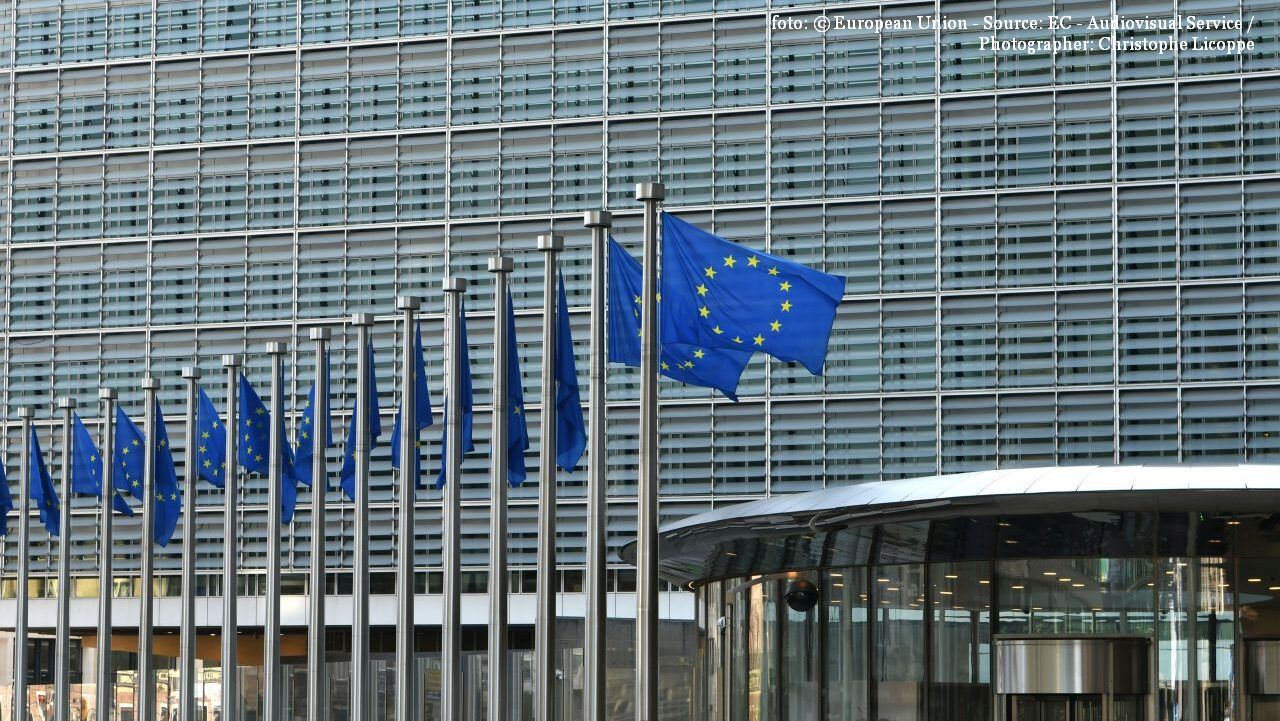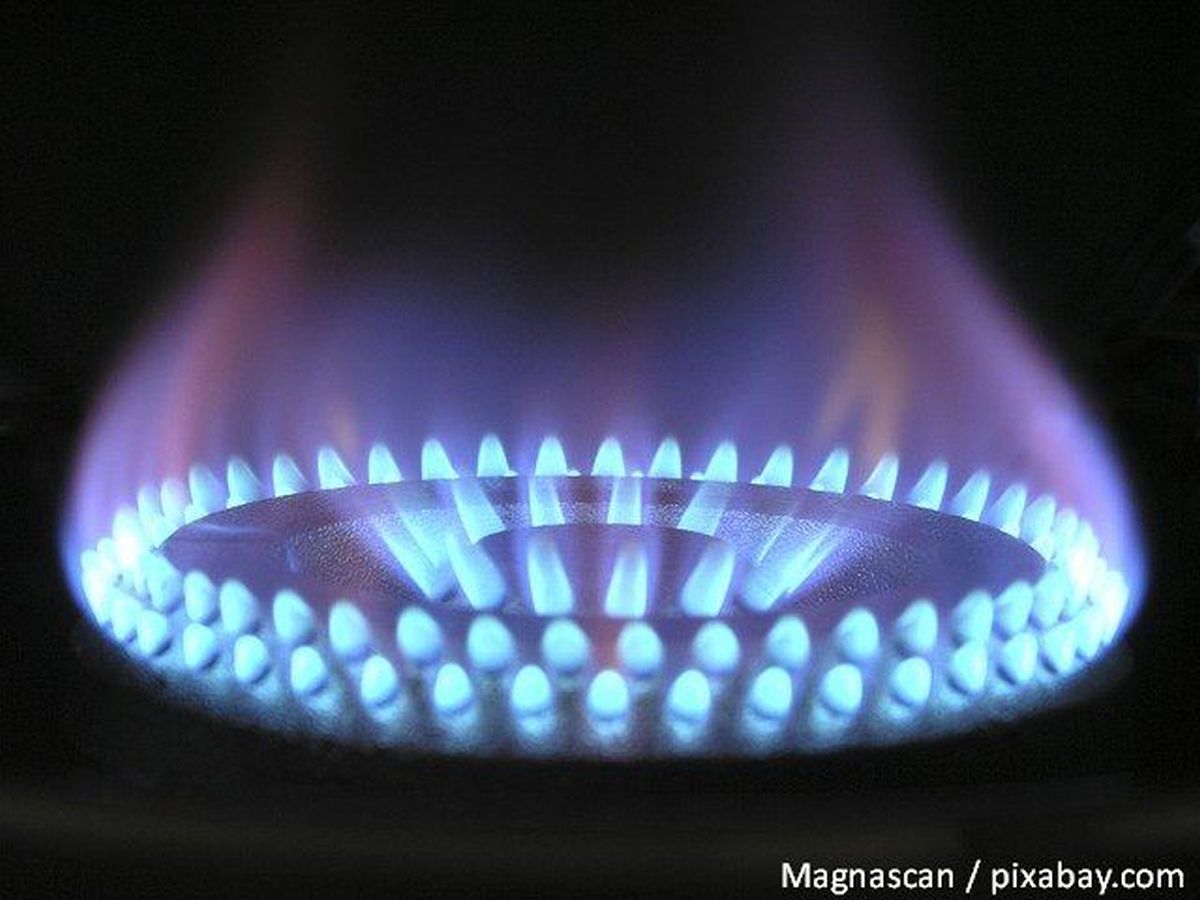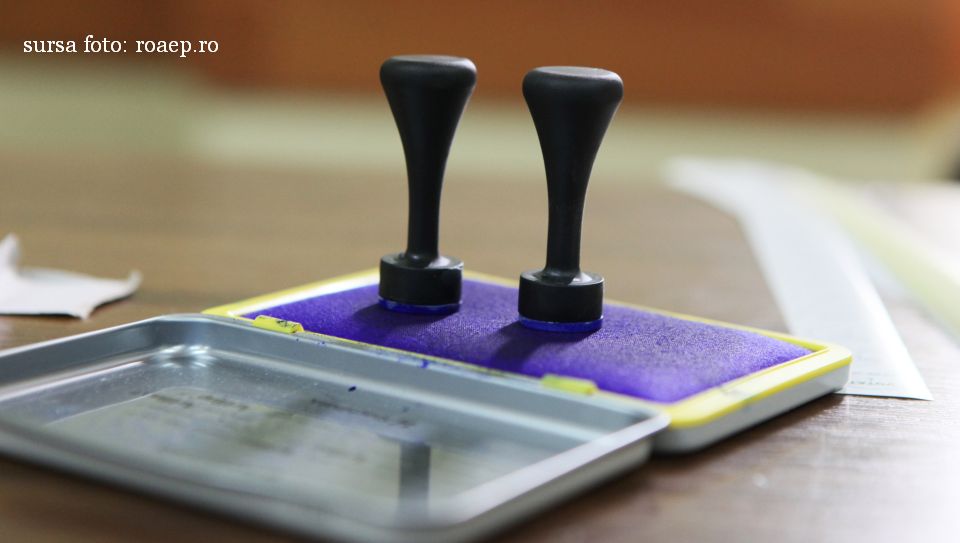Romanians and the May 1st mini-holiday
On Wednesday Romanians returned to work, after a few days of having fun during the May Day mini-holiday

Bogdan Matei, 02.05.2018, 12:44
Analysts note that whereas in many countries of the world, International Labour Day is an excellent opportunity for people to demand better working conditions and pay rises, in Romania, May Day is celebrated through trips, hiking or parties. As early as on Friday afternoon, when the May Day mini-holiday started, tens of thousands of tourists, Romanians in particular, but also foreigners, simply stormed resorts in the Carpathian Mountains, on the Black Sea coast or in the Danube Delta.
Some 80,000 people chose the seacoast, mostly Mamaia resort, which some describe as a low cost Ibiza and where night clubs, noisy music and drinking in the waves were the main forms of entertainment. Nearly 10,000 tourists went to the Danube Delta; taking advantage of the fine weather, they explored that unique area in Europe included in the UNESCO heritage. Tourists went by boat throughout the reserve, sailing even along canals that are commonly clogged because now, the Danubes flow is higher than usual.
Tourists who want to visit the Delta now will find it easier to get there because more ship rides have been introduced according to the summer schedule of the public maritime transport. In the Southern Carpathian Mountains, more precisely in the Prahova Valley, the resort of Sinaia was the most crowded place, the Peles and Pelisor Royal Castles being its main attractions.
Whether they chose to go on holiday or stay at home, for most Romanians the barbecue in the open was the centerpiece of their May Day holiday. “Micii” or “mititeii”, a symbol of Romanian cuisine, were as usual in great demand; they are a traditional dish of grilled ground meat rolls made of a mixture of pork and beef or beef and mutton and spices. According to the estimates of meat producers, Romanians grilled over 30 million “mici”, by nearly 15% more than last year. In many places, the hotels and guest houses were almost 100% booked, which was a success for tour operators.
Macro-statistics however are less festive. According to a survey conducted by the Competitiveness Initiative NGO, 2.24 billion Euro worth of revenues are reported in tourism in Romania, but Romanians spend 3.12 billion Euro on tourist services abroad. The authors of the study, coordinated by a doctor of economics and former opposition politician, say that “over the last year tourism has increased its negative balance twice and a half, a balance which fuels the deficit of Romanias balance of foreign payments.
Nearly 200,000 employees and 1.3% of the countrys GDP depend on that economic sector.” They also incriminate the non-existent promotion of Romania as a tourist destination, though Romania has a relevant ministry in Bucharest. The data of the National Statistics Institute made public in early April show however that the number of tourists in accommodation units in Romania in the first two months of 2018 went up by 6.7% as compared to the same period in 2017, while the number of tourists staying overnight increased by 6.4%. (translated by Ana Maria Palcu)






























